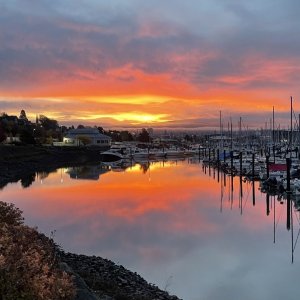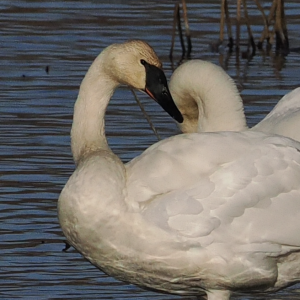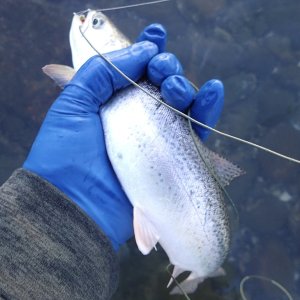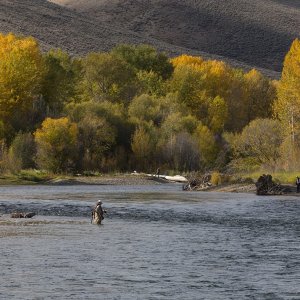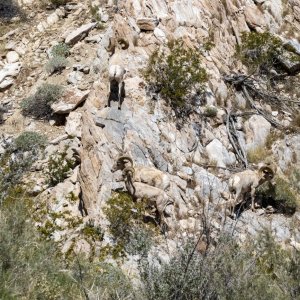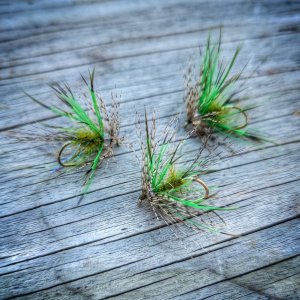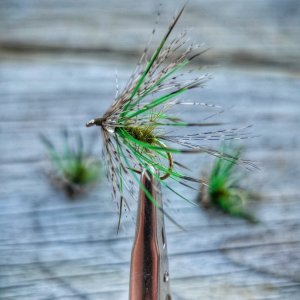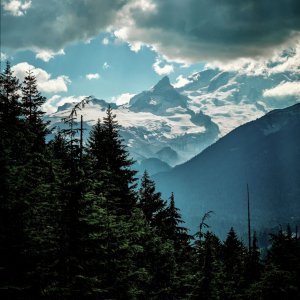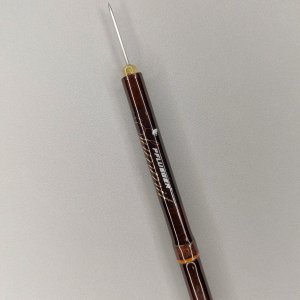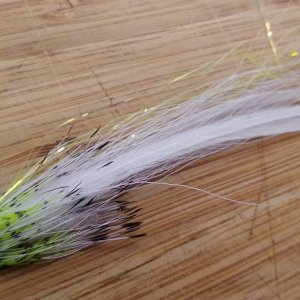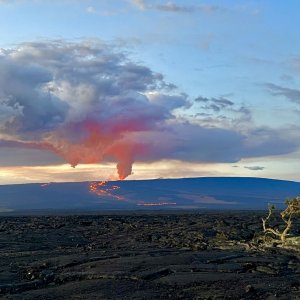Pink Nighty
Life of the Party
Curt I have always appreciated your insight on the dam impacts beyond the fish passage issue. In my own limited experience along the Skagit I have seen exactly what you have described, though I have not watched it change. The upper river has always appeared to be a straight shot for me, and I would love to see it's natural meander outside of lidar maps.The access to the upper Skagit basin has been debated for decades with most agreeing that above Newhalem the character of the river changes with the channel more confined and a steeper gradient. While use by salmon in such conditions would be limited though if by passing through that reach the fish were able to find more productive conditions. I tend to agree with many that salmon could likely reach at least the base of the Diablo dam. The issue is confounded a bit by the rainbows and bull trout that were found in the water covered by Ross reservoirs creating of how or how frequently the anadromous life histories of those two species may have reached the portion of the river: once ever few 1000s years or maybe more frequently.
The question about the effects of the dams on various environmental parameters such as river levels, flow, temperature, etc. are interesting. In looking at those potential changes we are lucky in that the Skagit at Newhalem and the Sauk at its mouth are of similar size and share many of the similar basin characteristics allowing for some insights how those parameters compare. Frist it is important to recognize how larger the Ross Reservoir is. A quick back of the envelope calculation that Ross has the capacity to capture more than 30% of the Skagit annual discharge pass Mount Vernon. It should be obvious that how that stored water is released (to generate power) will have effects on those hydrograph parameters.
In general, the release of that stored water has a moderating effect on many of those parameters. For river flow levels the dam effect has been to moderate the peak flows (floods) in both magnitude and frequency. At the same time, they also minimize the low flows. The same goes for the temperature profiles; in the summer the release water is often cooler and the winter it can be warmer. Another parameter that is less frequently discussed is the flow variations at the daily level; on the Sauk during the snow melt season, we typically see daily high and low flows associated on the amount and timing of that snow melt. On the upper Skagit under peaking power generation (the daily release of power generation to take advantage of the pricing benefits of being able to supply peak demand power needs. This creates a situation much like the snow melt daily variation seen on the Sauk. A major difference is on the Sauk those daily variations tend to be gradual happening over several hours and confined to the summer period. While those peaking release on the upper Skagit tend to be more abrupt and over a longer period of time.
How those changes in the hydrograph can have effects on the fish living in those environments. Some of the effects are obvious and others more subtle. Any discussion of impacts of changes in each of the parameters are complex and are probably best discussed individually.
Curt
The issue of passage is an interesting one as well. The area that Seattle city light claim as impassable certainly does not look insurmountable compared to what other spring chinook, summer steelhead and bull trout conquer with relative regularity. The other issue less regularly discussed is downstream migration of rainbows and bulls. Those ross bows are supposed to be Skagit summer runs, regardless of if they can return to their gravel of origin to spawn.
I am more familiar with the Nooksack than the Skagit, and the devastation of the 2021 flood is beginning to come to bear with this year's pinks. 90% reduction for the nooksack, fairly stable for Skagit. The dams and their moderating effect definitely helped the Skagit fish survive the catastrophic damage of the flood, and simultaneously are limiting its ability to fully recover itself.
I came across this today, and while they come short of actually advocating for a dam system on the nooksack, it is clear what they are getting at. I wonder if it could be beneficial. I cant imagine it would be over the long haul, but I also wonder how long we have left.



